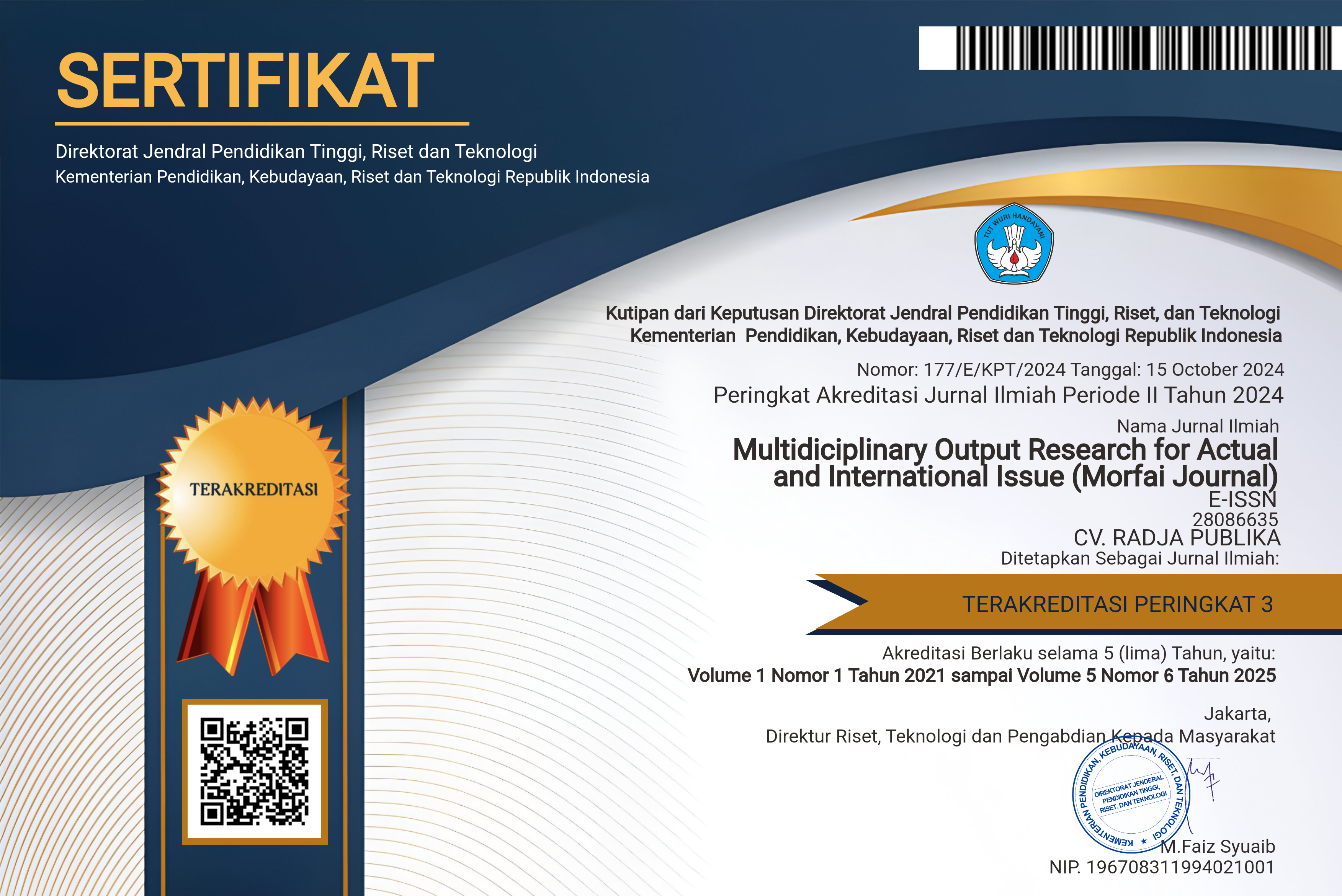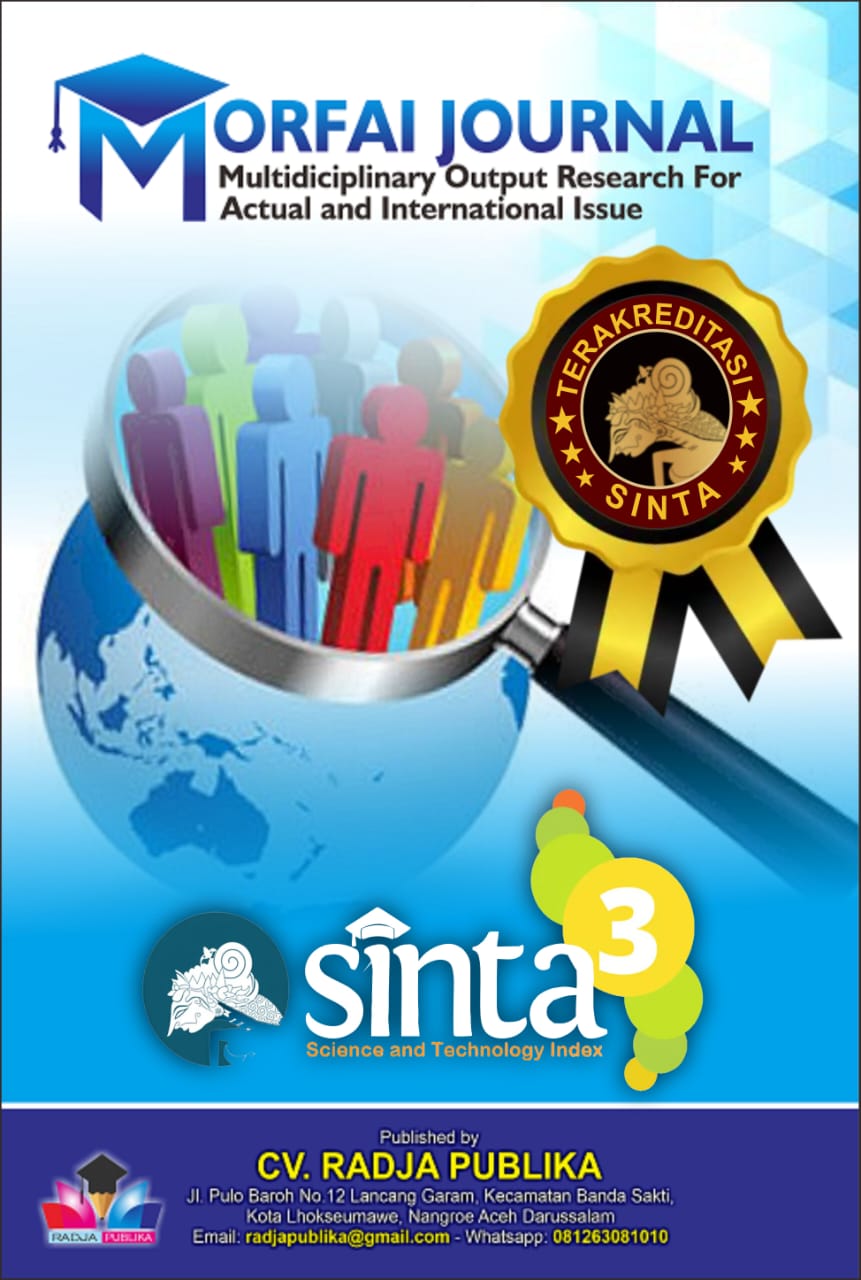EFFECTIVENESS OF LIQUID ORGANIC FERTILIZER APPLICATION WITH TRICHODERMA BIOACTIVATOR ON ENHANCING GROWTH AND PRODUCTION OF SWEET CORN RESISTANT TO DOWNY MILDEW DISEASE
Main Article Content
Ansyori
Herfandi Lamdo
Sweet corn is an important food commodity after rice. The production of sweet corn in Indonesia is 8.31 tons per hectare, while its potential is 18–25 tons per hectare. Low sweet corn production is caused by excessive use of inorganic fertilizers and downy mildew disease attacks, which can reduce harvest yields by 50–100%. This study aims to determine the effectiveness of applying liquid organic fertilizer (LOF) made from organic waste with the bioactivator Trichoderma using a Tiered Bucket System to improve the growth and production of sweet corn, as well as its resistance to downy mildew disease. The study was conducted at the Experimental Garden of the Faculty of Agricultural Technology, Universitas Satu Nusa Lampung. The experiment used a two-factor completely randomized block design (CRBD). The first factor was LOF produced through anaerobic (A1) and aerobic (A2) fermentation using the Tiered Bucket System. The second factor was LOF fermentation treatments without bioactivator (T0); with Trichoderma bioactivator at 15 mL/L (T1), 20 mL/L (T2), 25 mL/L (T3), 30 mL/L (T4); and EM4 bioactivator at 30 mL/L (Em) as a comparison. Trichoderma at 30 mL/L (T4) consistently gave the best results in improving growth, production yield, chlorophyll content, and resistance to downy mildew disease in sweet corn plants. Treatment T4 produced the highest chlorophyll content and the lowest disease intensity, indicating healthier plants with better tolerance to biotic stress. Aerobic fermentation was more effective than anaerobic in improving LOF quality and bioactivator effectiveness. Although EM4 also showed benefits, it was less effective than Trichoderma, especially in suppressing downy mildew disease. The use of LOF with Trichoderma bioactivator and aerobic fermentation is highly recommended to sustainably improve sweet corn productivity and disease resistance.
Agrios, G. N. (2005). Plant Pathology (5th ed.). Elsevier Academic Press.
Atlas, R. M., & Bartha, R. (1993). Microbial Ecology: Fundamentals and Applications (3rd ed.). Benjamin/Cummings.
Harman, G. E., Howell, C. R., Viterbo, A., Chet, I., & Lorito, M. (2004). Trichoderma species—Opportunistic, avirulent plant symbionts. Nature Reviews Microbiology, 2(1), 43–56. https://doi.org/10.1038/nrmicro797
Keswani, C., Mishra, S., & Singh, S. K. (2014). Plant-growth-promoting rhizobacteria and Trichoderma spp.: Strategies for sustainable agriculture. In Microbial Inoculants in Sustainable Agricultural Productivity (pp. 193–226). Springer.
Krismawati, I., Purwanti, E., & Sutariati, L. (2024). Effect of organic liquid fertilizer combined with inorganic fertilizer on nitrogen use efficiency and yield of corn in dryland. Journal of Sustainable Agriculture, 12(1), 45–55.
Kusnadi, J., Suharyanto, A., & Santoso, H. (2017). The effect of aerobic and anaerobic fermentation on secondary metabolite production by effective microorganisms. Indonesian Journal of Biotechnology, 22(3), 110–117.
Lichtenthaler, H. K. (1996). Vegetation stress: An introduction to the stress concept in plants. Journal of Plant Physiology, 148(1-2), 4–14.
Ma, R., Zhang, Y., & Liu, F. (2023). Role of Trichoderma bioactivator in enhancing liquid organic fertilizer efficiency and plant resistance. Agricultural Sciences, 14(5), 673–682.
Mega, I. G., Sari, D. P., & Yuliana, E. (2024). Application of vermicompost and Trichoderma on the growth and yield of sweet corn. International Journal of Agronomy and Agricultural Research, 15(2), 102–110.
Purwanti, E., Krismawati, I., & Sutariati, L. (2023). Integrated management of downy mildew in sweet corn using Trichoderma and PGPR. Plant Disease Management Journal, 18(4), 215–223.
Salisbury, F. B., & Ross, C. W. (1995). Plant Physiology (4th ed.). Wadsworth Publishing.
Singh, P., Singh, R., & Sharma, K. (2019). Enhancement of chlorophyll content in tomato plants through Trichoderma harzianum inoculation. Journal of Plant Growth Regulation, 38(2), 356–364.
Sutariati, E., Nursyamsi, D., & Anwar, M. (2020). Role of beneficial microbes in enhancing plant resistance against pathogens. Journal of Plant Protection, 8(1), 45–53.
Verma, M., Brar, S. K., Tyagi, R. D., & Surampalli, R. Y. (2007). Antagonistic fungi, Trichoderma spp.: Panoply of biological control. Biochemical Engineering Journal, 37(3), 1–20.
Vinale, F., Sivasithamparam, K., Ghisalberti, E. L., Marra, R., Barbetti, M. J., Li, H., ... & Lorito, M. (2008). Trichoderma–plant–pathogen interactions. Soil Biology and Biochemistry, 40(1), 1–10.
Widodo, W., Nugroho, S. E., & Supriyadi, A. (2020). The role of soil health and microbial activity in plant resilience. Soil Science and Agroforestry, 17(3), 145–153.
Zakaria, M., Rahman, A., & Latif, M. (2022). Comparative study of EM4 and Trichoderma bioactivators in plant growth promotion and disease control. Journal of Environmental Microbiology, 14(6), 329–337.









